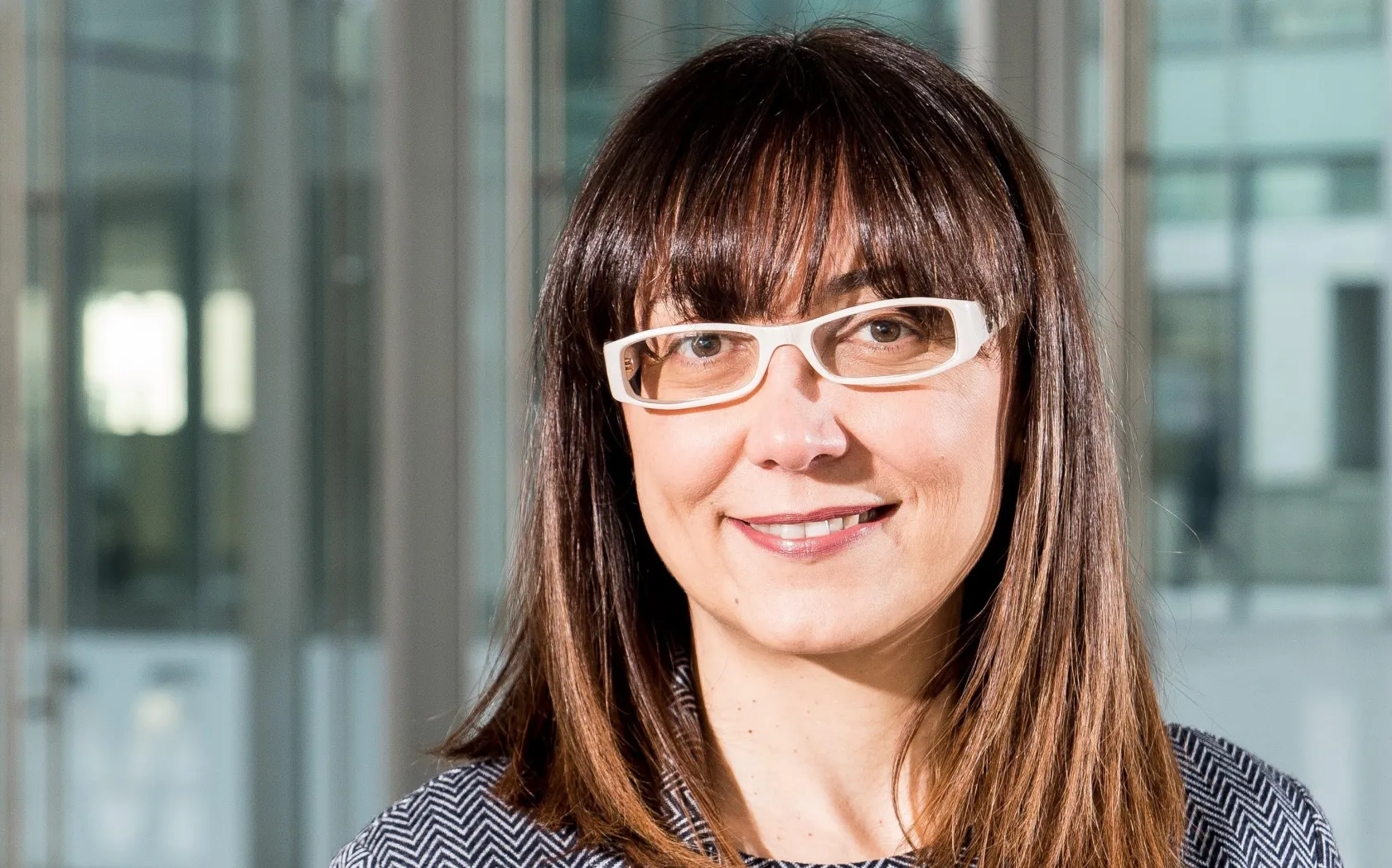
Constitutional Rulings Made by Students
The first essential ingredient is to have high-quality students. The second is to have people that want to get involved. "Otherwise", explains Arianna Vedaschi, Full Professor of Comparative Public Law at the Bocconi Department of Legal Studies, one of the professors who was awarded for innovation "a project like mine does not make sense". Vedaschi has classes in Comparative Public Law, reserved for second-year students, and Constitutional Justice, for those in the fourth year of the Bocconi program in Law. "I have tried to insert some practical lessons alongside the classic lectures on legal theory, which are the necessary premise. I choose examples of legal conflict that have actually occurred, for example between the prime minister and the Italian judiciary which were resolved by the Constitutional Court, and I submit them to the students," says Vedaschi. Historic cases which had a great media impact, such as "The Abu Omar Case: Terrorism, Secrecy and Emergency Before Courts", that are highly topical, like "Artificial Intelligence and National Security: A Comparative Perspective", or emblematic for conflicts of attribution, such as "ERS: Terrorism, Secrecy and Emergency Before Courts".
The first part consists, as Vedaschi explains, "of my legal explanation in class, with the use of examples. Then I summon the students, divided into teams of 3-4 individuals each, I give them the material, such as judicial sentences and legal commentaries, and some indications on what kind of research they need to consult and what they need to do. From home, students carry out the simulation, analyze the reasons of the various parties involved and obviously try to resolve the legal conflict. At this point they are ready to present their case in the classroom in front of their peers", continues the Bocconi faculty member. "Within each team, members assign themselves various roles and then each in the classroom has 4-6 minutes to speak. Then legal debate follows". The cases entrusted to the various teams are obviously different, but share a common matrix. "And here lies the truly innovative element", says Vedaschi, "because after debating two or three different legal arguments, the High Court's jurisprudence can be traced, and it is the students themselves who learn how to do it."
Discussion that follows the various presentations is always very heated, "sometimes going beyond class hours. It is a method that combines teamwork with individual work", Vedaschi continues, "because for those few minutes student must address his/her classmates alone. Many do it to overcome their reluctance to speak in public, and it is also useful for those students who will not necessarily become lawyers".
For this academic year, the class project will take major inspiration from current events, and you don't need to make a great effort of the imagination to understand what we are referring to: "Obviously we will tackle the issue of Covid, we will see how the various national legal systems have reacted to emergency. Because this course project", concludes the teacher," is an opportunity to learn something new every year, for me as well."